When it comes to improving your home or office, adding electricity to an outdoor shed can make a big difference. You can power lights and other tools in the area of your yard that was previously void of permanent infrastructure. However, while setting up the proper electrical wiring for a shed is definitely worth the effort, you may be wondering just how much it costs to get the job done right. In this blog post, we’ll explain all of the cost factors associated with running electricity to a shed so you know what kind of budgeting strategy will work best for you.
What Affects The Cost Of Running Electricity To A Shed?
Distance
The distance between your electrical panel and the shed will have an effect on the cost to run electricity. The greater the distance, the more expensive it will be as longer cables and trenching may be required.
Conduit
The type of conduit used is also a factor in the cost. The most common types are PVC, galvanized steel, aluminum, and EMT (electrical metal tubing), each with their own pros and cons. The cost of the conduit varies based on its size and material. You may have to spend a few dollars or over $100 for the conduit alone, depending on your selection.
Labor
In addition to materials costs, labor also plays an important role in determining how much it will cost to run electricity to your shed. If you plan on doing all or some of the work yourself, then you can save quite a bit of money. However, it’s important to remember that running electricity is complicated work and should not be taken lightly. Hiring a professional electrician is almost always the safest and most cost-effective option. Depending on the complexity of the work, you could end up spending anywhere from a few hundred to several thousand dollars for labor alone. [1]
Permits & Fees
Permits and fees can also have an impact on the overall cost. Depending on your local municipality, you may be required to obtain various permits in order to install electrical wiring or make any other necessary changes. Additionally, some areas may charge an inspection fee if they need to inspect your project before approving it. When estimating the cost of electricity for your shed, make sure to consider the fees as they have the potential to accumulate rapidly.
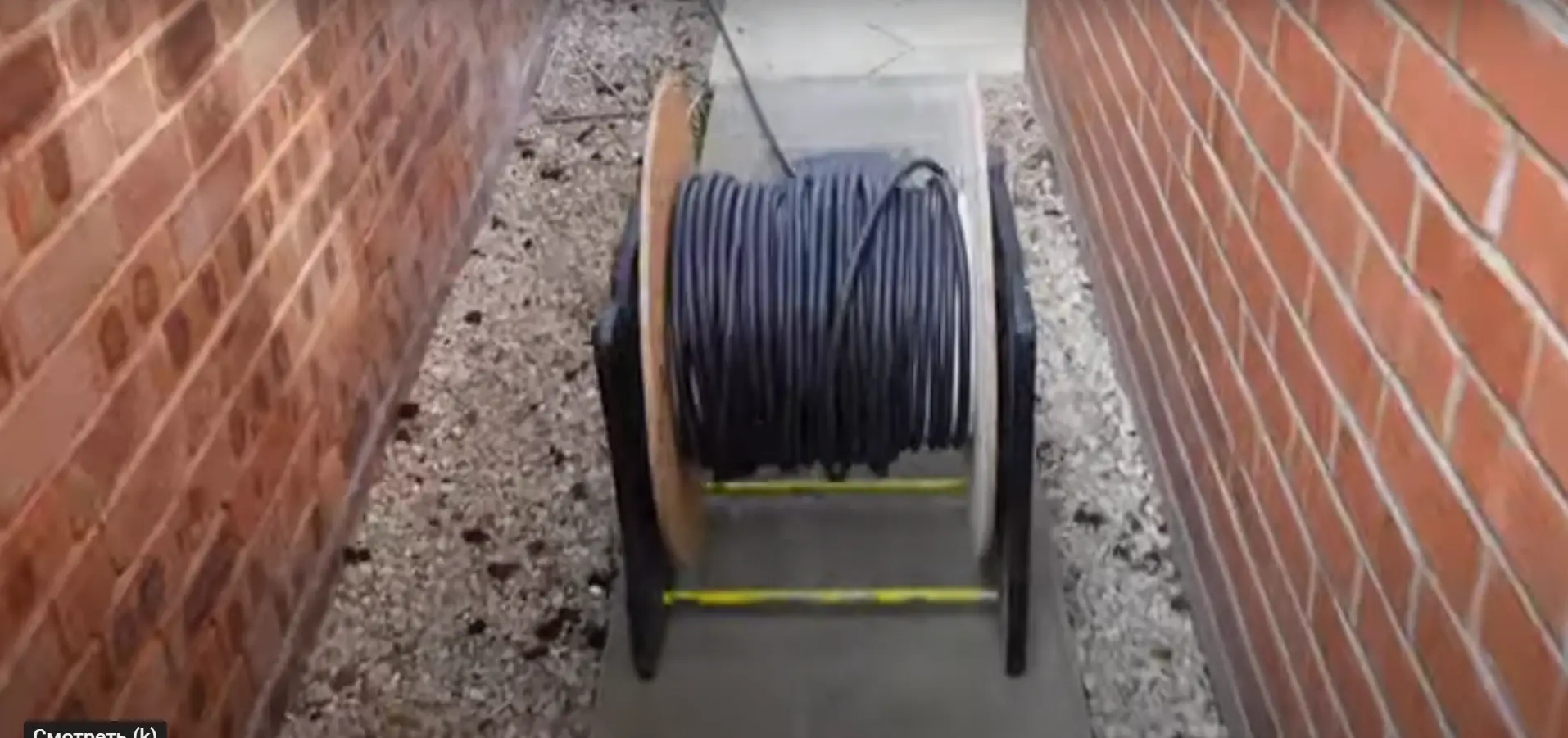
Wires And Cables
Wires and cables themselves will also need to be taken into consideration. Depending on the wattage and amperage you plan on running, the type of wire or cable used may require specific ratings or sizes. As with any other building material, costs can vary significantly depending on quality and brand.
Materials And Supplies
Finally, you should also factor in the cost of any additional materials and supplies. This could include items such as switches, outlets, junction boxes, circuit breakers, and grounding rods. All of these will need to be purchased before the job can be completed and they can add up quickly.
How Much Does It Cost to Run Electricity to a Shed?
The cost of running electricity to a shed will depend on the complexity of the project. You should expect to pay anywhere from $500 – $3,000 depending on your local area, the wiring needed, and how far away the power supply is. The most common way to wire an outdoor shed is by using underground conduit and splicing it into an existing power source that’s close by. However, if this isn’t possible due to location or other factors you may need to bring in a professional electrician who can take care of the entire job for you.
Finally, if you are hiring a professional electrician for the job make sure they are licensed and insured in your area. This will ensure that the work is done up to standard and that you won’t be stuck with any costly repairs down the line due to faulty wiring. With all of this in mind running electricity to a shed can cost anywhere from $500 – $3,000 depending on the complexity of the job but ultimately it’s important to take care of it properly so you don’t have any issues further down the road. [2]
Do You Need an Electrician to Run Power to A Shed?
If you’re planning to run electricity to a shed, it’s important to determine if you have the necessary skills and experience required for such a job. The cost of running power to a shed can depend on the complexity of the project and whether or not an electrician is needed.
If you know how to work with electricity safely and are confident in your ability, then it may be possible for you to complete this type of project by yourself. However, many people feel more comfortable leaving this task to a professional. If that’s the case, hiring an electrician will add significantly more costs than if you were to do it yourself.
It’s also important to consider whether any permits are required in order to complete the job. Depending on your local regulations and laws, there may be certain paperwork that needs to be filed before starting any electrical work. An electrician will know these requirements and can help make sure everything is done correctly from start to finish. [3]
Why Might You Need Electricity in a Garden Shed?
Having electricity in a garden shed can be incredibly useful for many reasons. For example, you may want to keep tools and equipment powered up and ready to use whenever needed.
You may also want to use your shed as an extra living space for hobbies or work – if so, lighting and heating will be necessary. Having access to power outlets allows you to run small appliances such as fridges or computers, making it easier to stay productive.
Finally, security cameras or motion detector lights can help protect the contents of your shed from theft or damage.
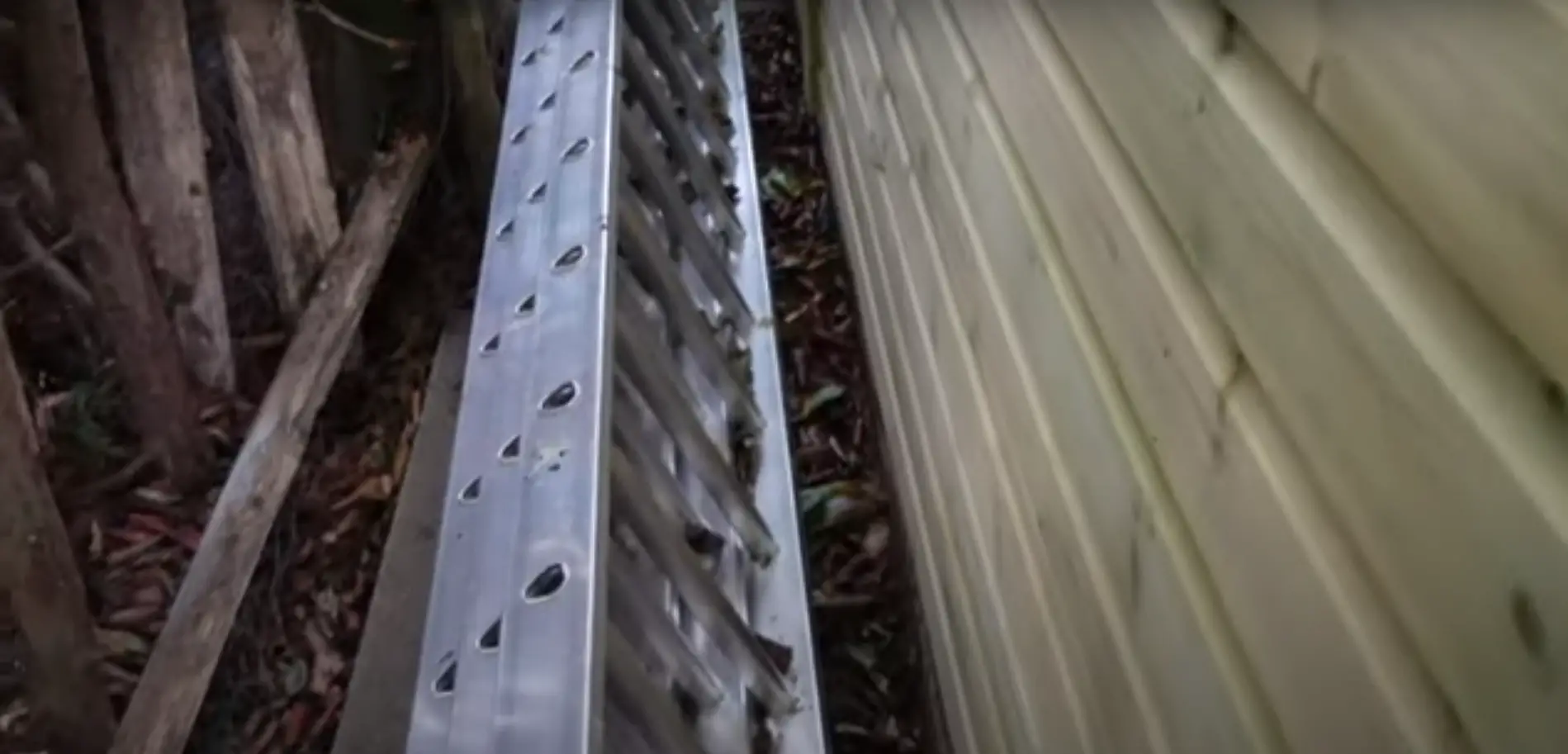
What Size Cable Do You Need To Run Power To My Shed?
The size of cable needed to run power to your shed depends on the voltage and the current your appliances need. For a 120v or 240v standard household circuit, you will need either 10/3 or 12/2 cable with ground, respectively. If you are using higher voltage (such as 277v) for specialized equipment or lighting, then you should use 8/3 or 6/2 cable with ground. The lower the gauge number, the thicker the wire is and the more current it can handle without overheating and becoming dangerous.
Make sure to consult an electrician if you are unsure of what type of cable to use when running electricity to your shed. Additionally, be sure that whatever electrical work you do in and around your shed is up to the standards of your local electrical safety codes. Doing it safely and properly will save you a lot of trouble in the long run! Additionally, you should only use equipment that has been certified for safe use. This will help ensure that no accidents occur while using electricity in your shed.
Benefits Of Running Electricity To Your Shed
Once you have decided to run electricity to your shed, there are several benefits that come along with it.
The most obvious benefit of having an electrical connection to your shed is being able to use lights and power tools. This allows you to extend the hours that you can work in the shed, as well as make any task easier, such as building furniture or using larger tools for various projects.
In addition, running electricity to your shed can also come in handy if there’s ever an emergency. If the power goes out inside your house, having a reliable connection in your shed means that you still have access to energy for basic needs such as operating a heater or charging devices.
Having electricity in the shed also gives you the freedom of being able to do more with it than just storage; this opens up possibilities for creating a home office space or extra living area where you can relax and work on projects.
Overall, having electricity run to your shed makes life easier and provides many benefits that will help you get the most out of your outdoor space. The cost of running electricity to your shed may seem high, but it will be well worth the investment in the long run. [4]
Do You Require A Permit To Run Power To Shed?
The answer to this question depends on your local jurisdiction. Some areas require permits for running electricity to a shed, while others do not. Before starting any project involving power, it’s important to check with your local government and find out if you need a permit. Make sure you follow all of the safety regulations and laws in order to ensure that you are staying compliant.
In addition to potentially needing a permit, there may also be other considerations when it comes to running electricity from the main house (or elsewhere) to your shed. Depending on the distance between the two locations, you may need thicker wiring or more poles for support. You might even have to bring in a professional electrician in order to ensure that everything is correctly wired and up to code. This can add significant costs to the overall project, so it’s vital that you take these things into account if you plan to run power to your shed.
Overall, running electricity to a shed is a relatively straightforward process, but there are various factors that need to be taken into consideration in order for everything to go smoothly. Make sure you understand all of the requirements before getting started, and consider talking with an experienced electrician if anything seems complicated or overly difficult. This will help ensure that your project meets all necessary regulations and is safe for use.
Is It Possible To Have An Insulated Shed With Electricity?
Yes, it is possible to have an insulated shed with electricity. There are several options for insulating a shed that also provide adequate protection from electrical wires and outlets. Depending on the size of the shed, you can use either rigid foam insulation boards or spray foam insulation to insulate the walls. If your shed has a roof, you’ll need to add additional layers of insulation over top of the rigid boards or spray foam in order to prevent heat loss through the ceiling. Additionally, make sure that any electrical wiring and outlets are properly sealed off from the elements and moisture before connecting them up.
With proper insulation and installation measures in place, it’s perfectly safe to have an electrically powered shed.
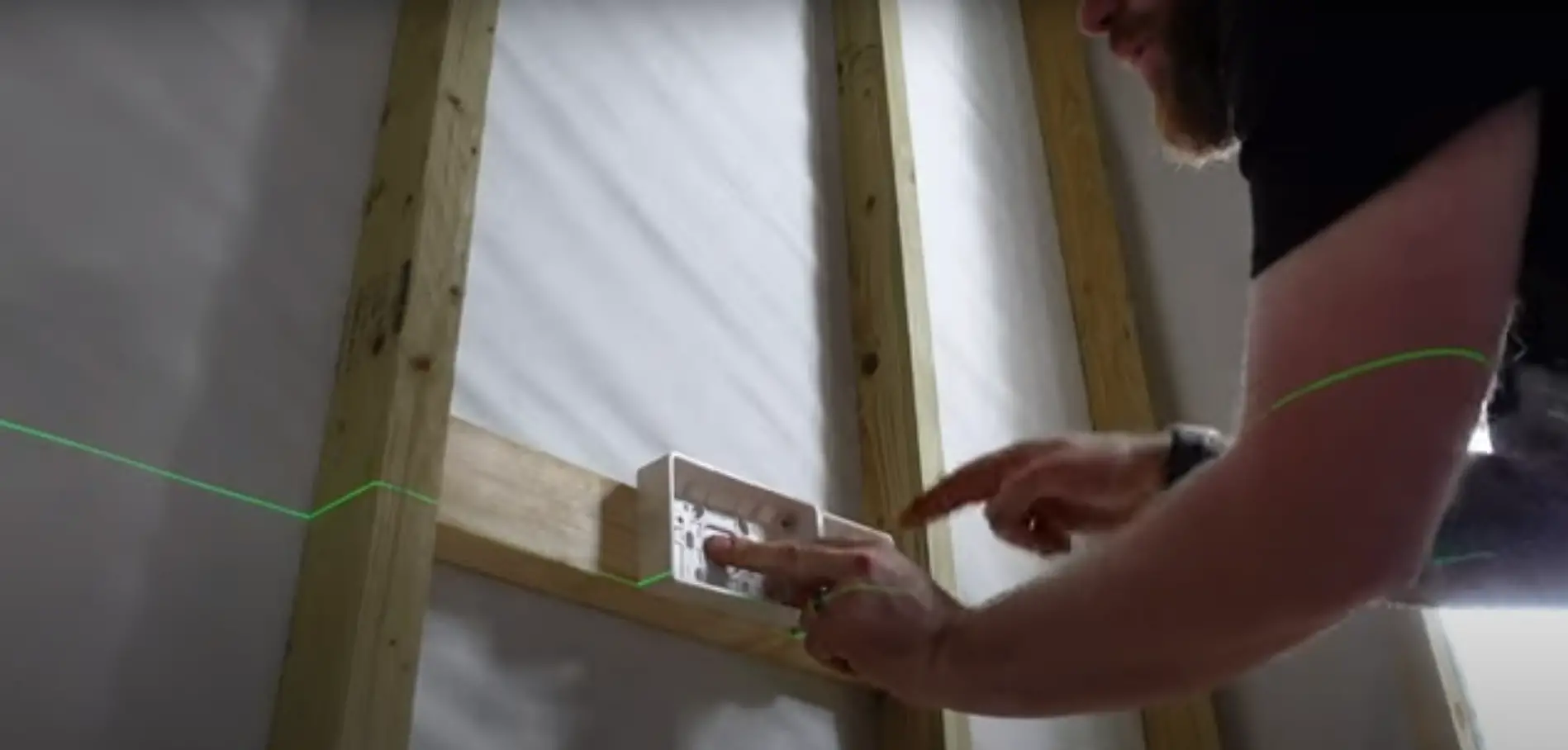
Things to Avoid When Running Electricity to a Shed
When running electricity to a shed, there are certain precautions that must be taken. It is essential to be aware of the potential risks and take the necessary steps to ensure safety. To avoid any hazardous situations, here are some key things to avoid when running electricity to a shed:
- Do not attempt to undertake electrical work without first being qualified or having professional guidance. Working on any kind of electrical wiring should only ever be done by trained professionals who have an understanding of the regulations and safety guidelines in place in your local area.
- Never overload wiring systems with too many outlets or extra circuits. Doing so can lead to overheating, fire hazards, and other dangerous conditions caused by current leakage or voltage drops.
- Ensure that all wiring systems are properly insulated and grounded to protect against electrical shocks, fires, and other potential dangers. Always check with your local authority or electrician to ensure you are following all safety regulations and code requirements when installing any kind of wiring system.
- Avoid using extension cords as a long-term solution for powering tools or appliances that may be used in the shed, as they can easily become damaged over time due to their limited flexibility. Instead opt for longer, high quality cables and heavy duty outlets that can withstand the wear and tear of regular use.
- Never attempt to do any work on live wires or circuits; always switch off power at the mains before attempting any kind of wiring work.
Following these simple guidelines can help to ensure that you stay safe and avoid any potential dangers when running electricity to a shed. With the right precautions in place, electrical wiring can be a great way to enhance the functionality of your outdoor spaces. [5]
How Long Does It Take to Run Electricity to a Shed?
When running electricity to a shed, the amount of time it takes depends on a few factors. If you are installing an entirely new circuit and have to run wiring from your main electrical panel, then this will take the longest amount of time. This process may require several inspections by certified electricians before being approved.
Finally, other factors such as weather and available labor can also affect the time it takes to finish running electricity to a shed. If you are experienced and know what you’re doing, then you may be able to cut on installation time drastically. However if you have limited experience or have all the necessary tools, then it’s best to hire an electrician who is familiar with local regulations and codes. This will ensure that your project meets safety standards and is completed in a reasonable amount of time. [6]
FAQ
How do I get power to my shed?
The best way to get power to your shed is to hire a professional electrician. This will ensure that all of the wiring and electrical work is done correctly and safely, preventing any issues down the line with your electricity supply. Once the electrician has installed the necessary wiring and connected it to your home’s main panel, they can then hook up your shed’s outlet, lights, or other devices.
What factors affect cost?
There are many factors that can influence how much it costs to run electricity for a shed, including:
– The size of the shed
– Any existing wiring in place – if you have an existing structure like a garage, you may already have some wiring in place that needs connecting to the main panel
– The type of wiring that needs to be done
– The distance from your main electrical panel
– Any additional features like lights or heating
– Local electricians fees
How can I save money?
If you’re looking to save money on getting power to your shed, there are a few things you can do: – Do some research into local electrician rates. You may be able to find a more affordable rate for the same quality work.
– Try and get the wiring as close as possible to your home’s main panel – this will help minimize additional costs for long runs of cable.
– Where possible, try and use existing wiring if available. This may require some rewiring but it can save money on the overall cost.
– Consider whether you really need all the features that you planned for.
Is it possible to just have one or two outlets and a light instead of multiple appliances?
If you’re doing most of the work yourself, make sure you are familiar with electrical safety guidelines so as not to endanger yourself or your property. Ultimately, running electricity to your shed doesn’t have to cost an arm and a leg if you know how to work within your budget and find ways to save money! With some careful planning and research, you can get power easily and safely in no time.
Do I need a permit to run electricity to my shed in the UK?
Yes, you will likely need a permit to run electricity to your shed in the UK. The process of running electricity to your shed can be complicated and includes obtaining proper equipment and materials as well as hiring a qualified electrician. Before beginning any work related to running electricity to your shed, it is important that you contact your local authority or building control department in order to obtain an electrical installation certificate. This certificate ensures that the electrical wiring has been installed safely and meets all current regulations. It also serves as proof of insurance should any problems arise with the wiring in the future.
How much does it cost to wire a shed in the UK?
The cost of wiring a shed in the UK will vary depending on the size and complexity of the project. Generally, you can expect to spend around £500-£1000 for materials and labour costs. This cost includes factors such as obtaining permits, materials needed for the job (such as insulation, wire, switch boxes, light fixtures etc.), and installation fees associated with hiring a qualified electrician. It is important to note that these are rough estimates only; actual costs may vary depending on your specific circumstances. Therefore it is wise to contact a few local electricians for more accurate quotes before beginning the project. Additionally, if you plan on using electricity from an existing building then you will likely face additional costs related to running cables between the two locations.
How long does it take to run 100 feet of conduit?
It will take approximately two to three hours to run 100 feet of conduit from the main power source to your shed. This time is dependent on how difficult the terrain is and how much digging is required in order to bury the conduit. If you plan on running larger than 100 feet of cable, then it may take several days or more depending on the scale of the project. It is important that you hire a qualified electrician who has experience with this type of work in order to ensure that it is done safely and according to code. Additionally, make sure that all necessary permits have been obtained before beginning any work.
Is conduit cheaper than PVC?
Yes, conduit is generally cheaper than PVC for running power to your shed. Conduit is typically made from metal and provides a more secure way of connecting wires since it is less susceptible to weathering than PVC. Additionally, conduit offers better protection against electrical shock since the metal casing can help dissipate the electricity in case of a fault. Depending on your specific circumstances, however, it may be necessary to use PVC if you need to run thicker cables or if you are dealing with difficult terrain.
Useful Video: The Easy Way To Install Power To Your Shed – Domestic Electricians Life UK –
Conclusion
In conclusion, running electricity to a shed can be a fairly simple and straightforward process. Depending on the distance of the shed from your house and how many outlets you will need for power, costs can range from several hundred dollars to over a thousand. It is important to plan ahead so that you understand all of the costs associated with your project as well as any permits or inspections that may be required by local authorities. While it may seem daunting at first, having an electric-powered shed can provide numerous benefits in terms of convenience and comfort. With proper planning and research, you can have an electrically powered shed without breaking the bank!
References:
- https://www.angi.com/articles/approx-cost-run-electricity-fairly-new-house-detached-garage.htm
- https://homeguide.com/costs/cost-to-run-electric-to-garage-shed-or-shop
- https://summitcollege.edu/what-know-run-electrical-power-to-shed/
- https://nextmodernhome.com/cost-to-run-electricity-to-shed-or-garage/
- https://howmuchdoesitcost.io/run-electricity-to-a-shed/
- https://shedsunlimited.net/blog/sheds-with-electricity/





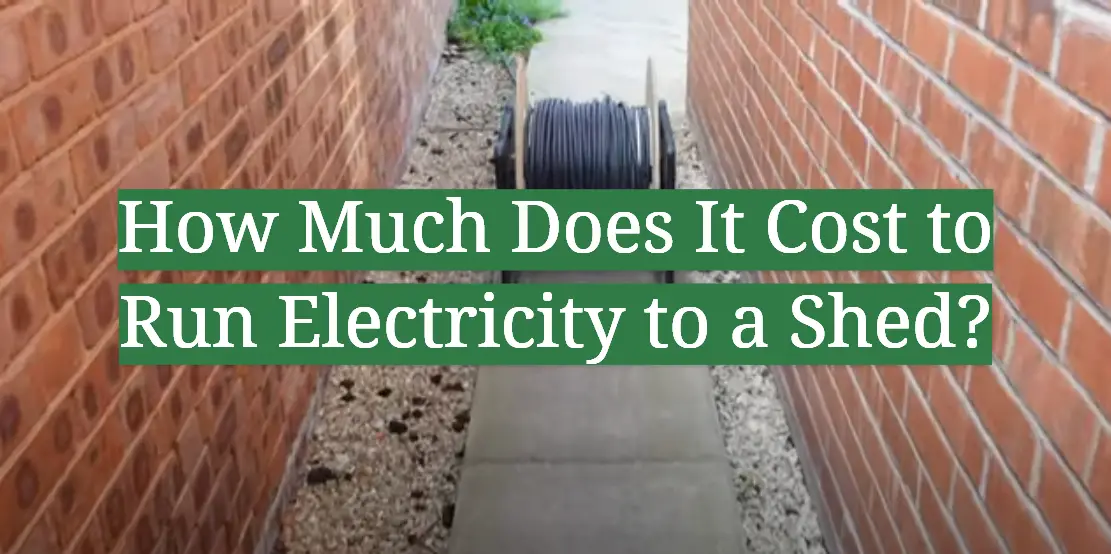
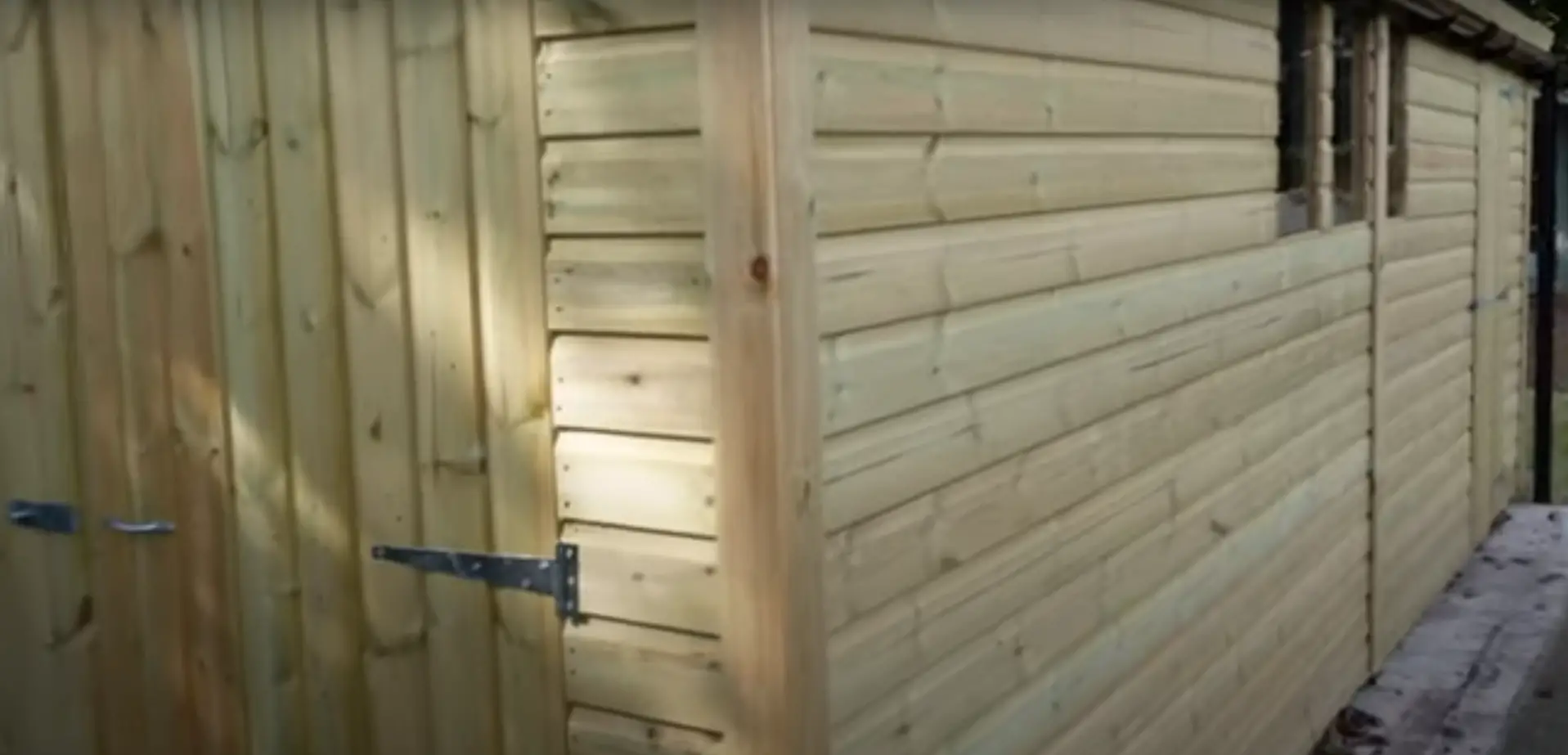

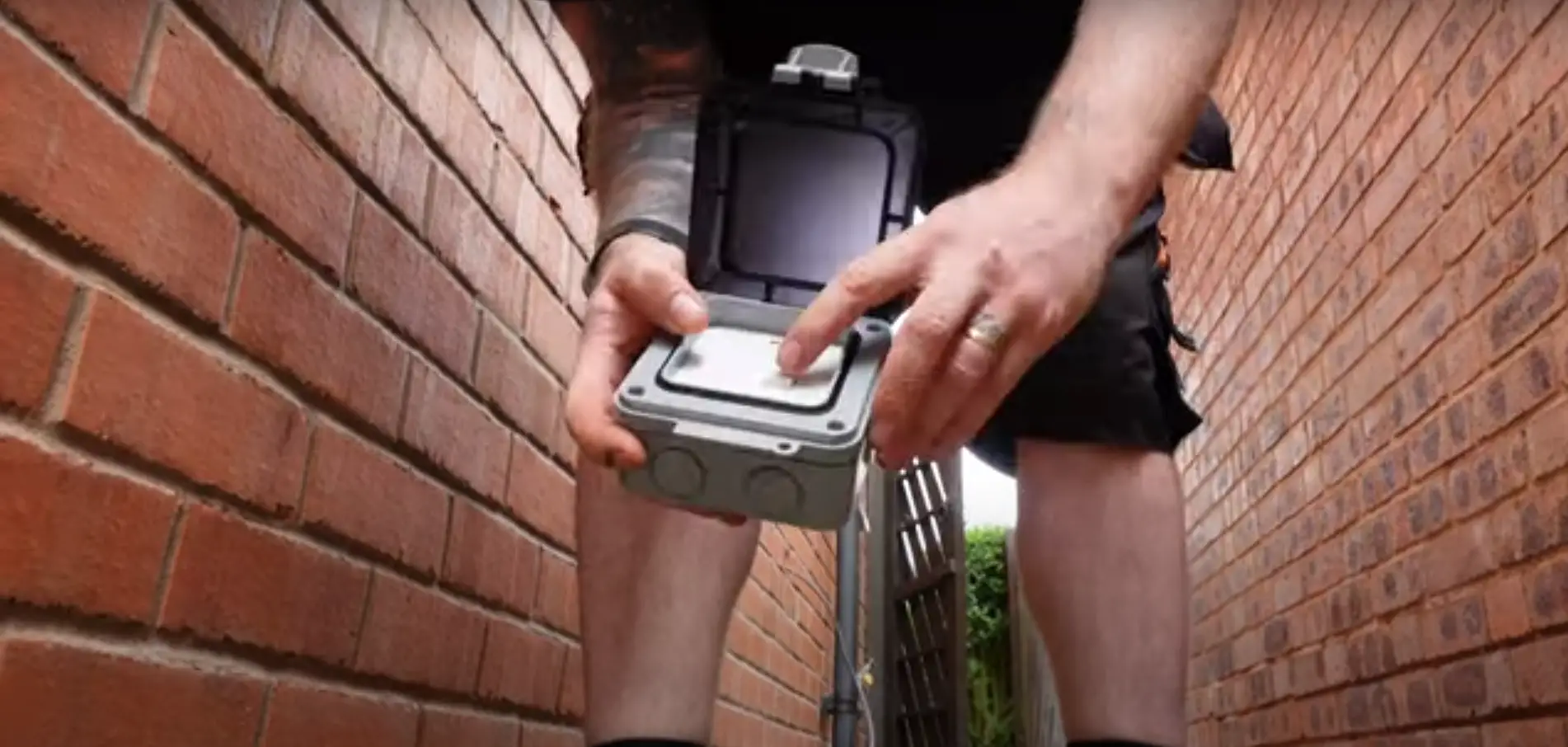
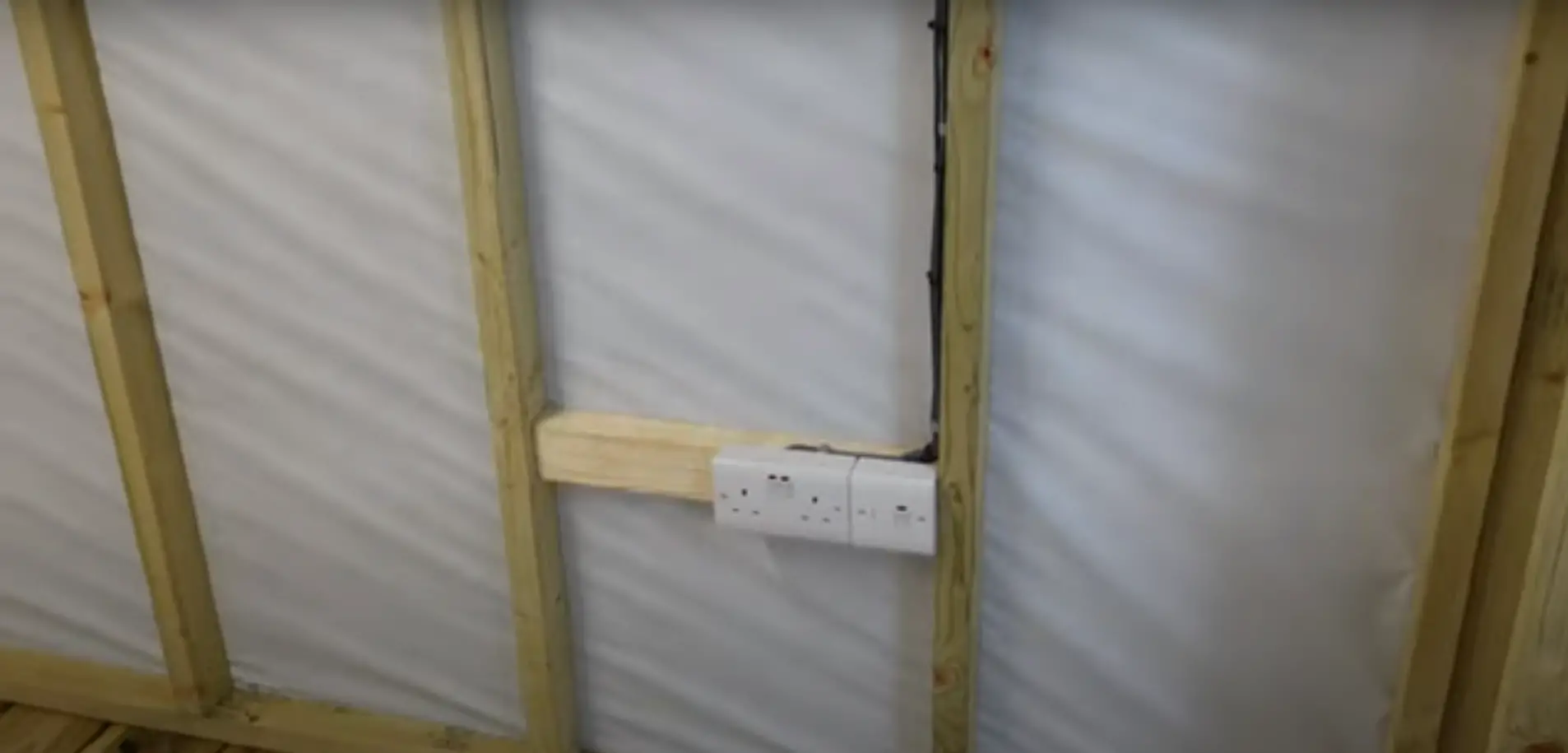

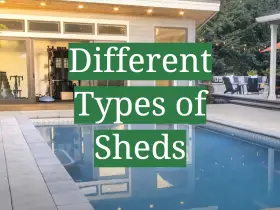


Leave a Reply
View Comments